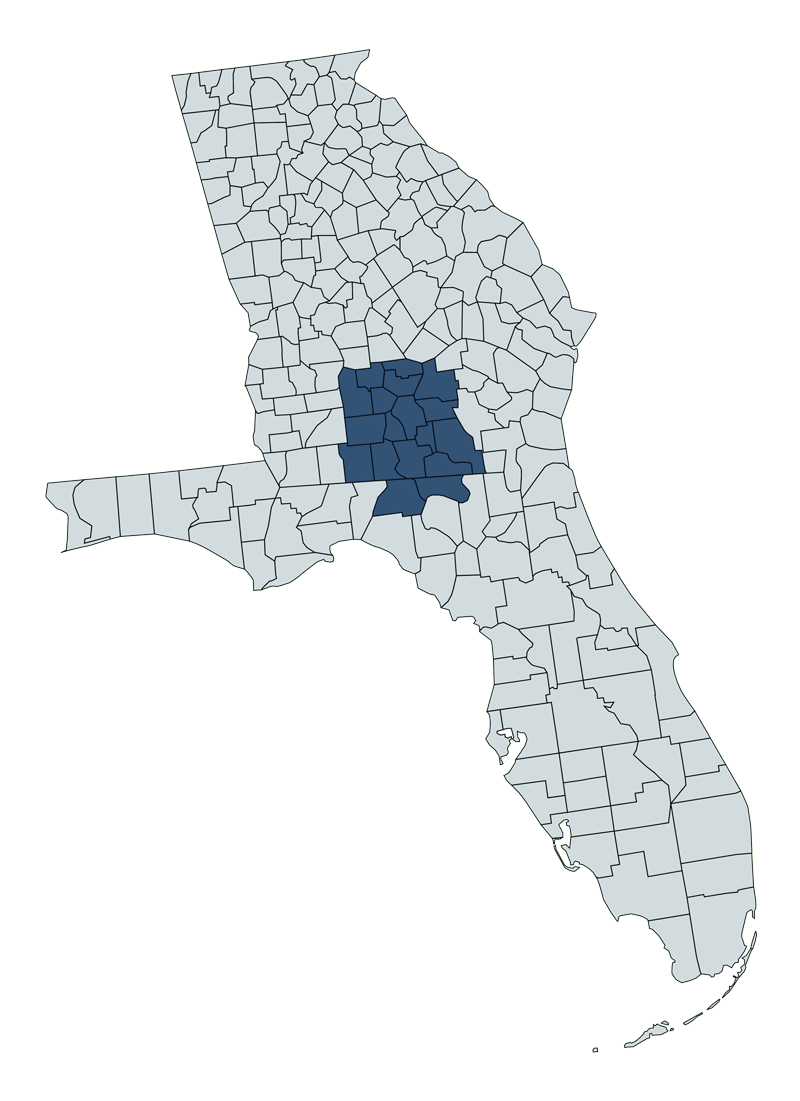Plumbing Professionals, Ray & Son Heating & Air Conditioning
How often do you think about your sump pump? If it works as intended, operating steadily to prevent flooding that can damage the home, you probably tend to forget all about it. The sump pump is a small piece of equipment that does a big job. It’s important to keep all components in peak condition. At Ray & Son Heating & Air Conditioning, we recommend adding “Test the Sump Pump” to the annual to-do list.
The sump pump consists of an electrically operated water pump situated in a lined hole called a sump pit. The pump is submerged in water. When the water reaches an established level, the pump automatically starts up and expels it. Once the water recedes below the specified level, the pump shuts off. Sump pumps require yearly maintenance.
Professional Plumbing Inspection in Nashville, Valdosta & the surrounding areas
Having a professional inspection from certified techs from Ray & Son Heating & Air Conditioning will increase the pump’s reliability and lifespan. We are well-versed in all makes and models and provide sump pump testing throughout Valdosta, Clyattville, Quitman, Hahira, Nashville, Adel, Lakeland, Eldorado, Tifton, Douglas, and Moultrie, GA. When you schedule service with us, we complete a comprehensive list of tasks, designed to optimize operation, including:
- Pit Inspection – We make sure the pit is of sufficient size for the sump pump to function effectively.
Verify the check valve – To prevent water from flowing back into the pit when the pump turns off, the discharge pipe needs a functioning check valve. - Troubleshoot backup power source – We verify that there is a backup power source, and it’s working as expected.
- Check the alarm – The majority of sump pumps feature an alarm that sounds when it’s activated to alert the homeowner of water buildup in the pit.
- Inspect removable cover – The cover is designed to stop water from evaporating into the basement and needs to fit properly.
- Discharge location – The discharge location should be a minimum of 20 feet away from the house and should not drain into your septic system, neighboring properties, or the public sewer system.



